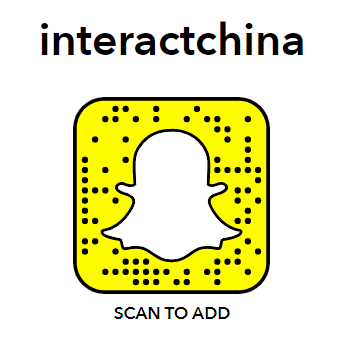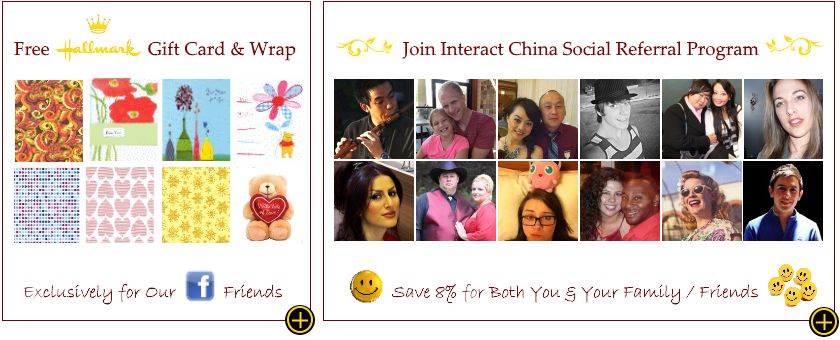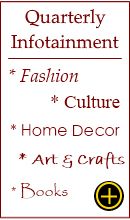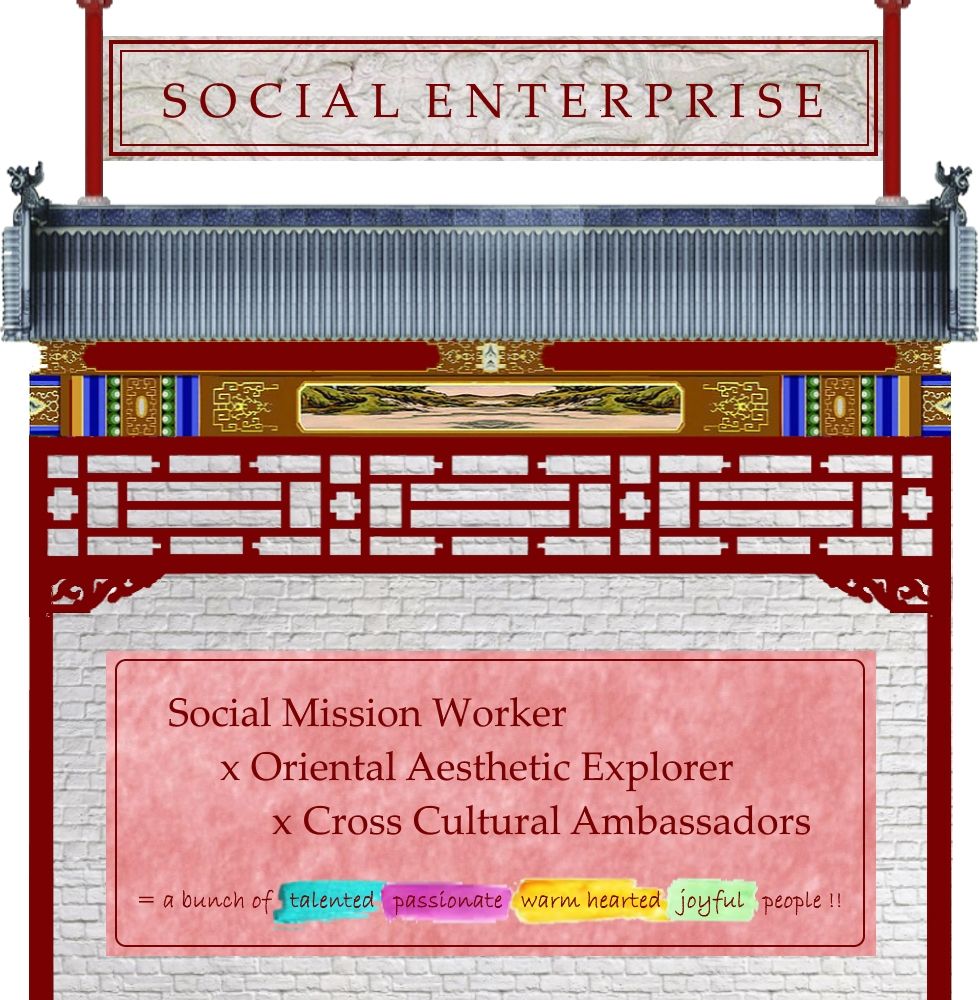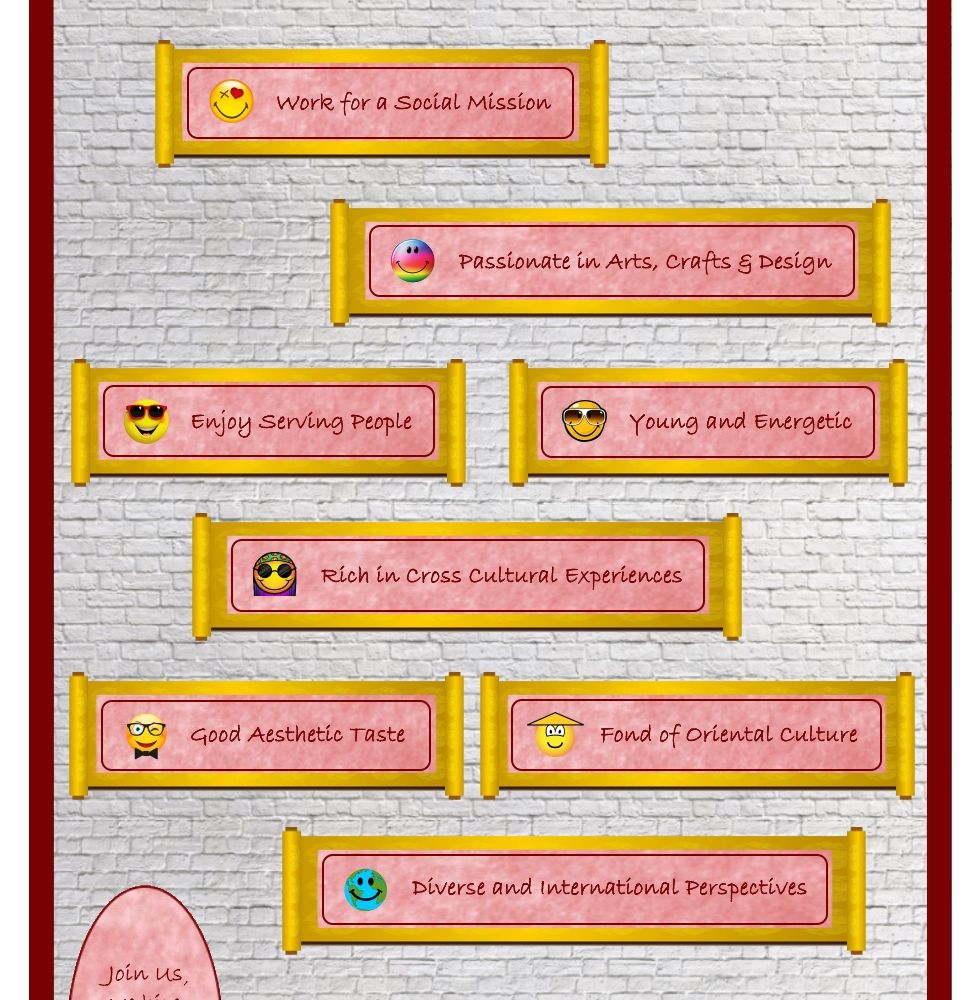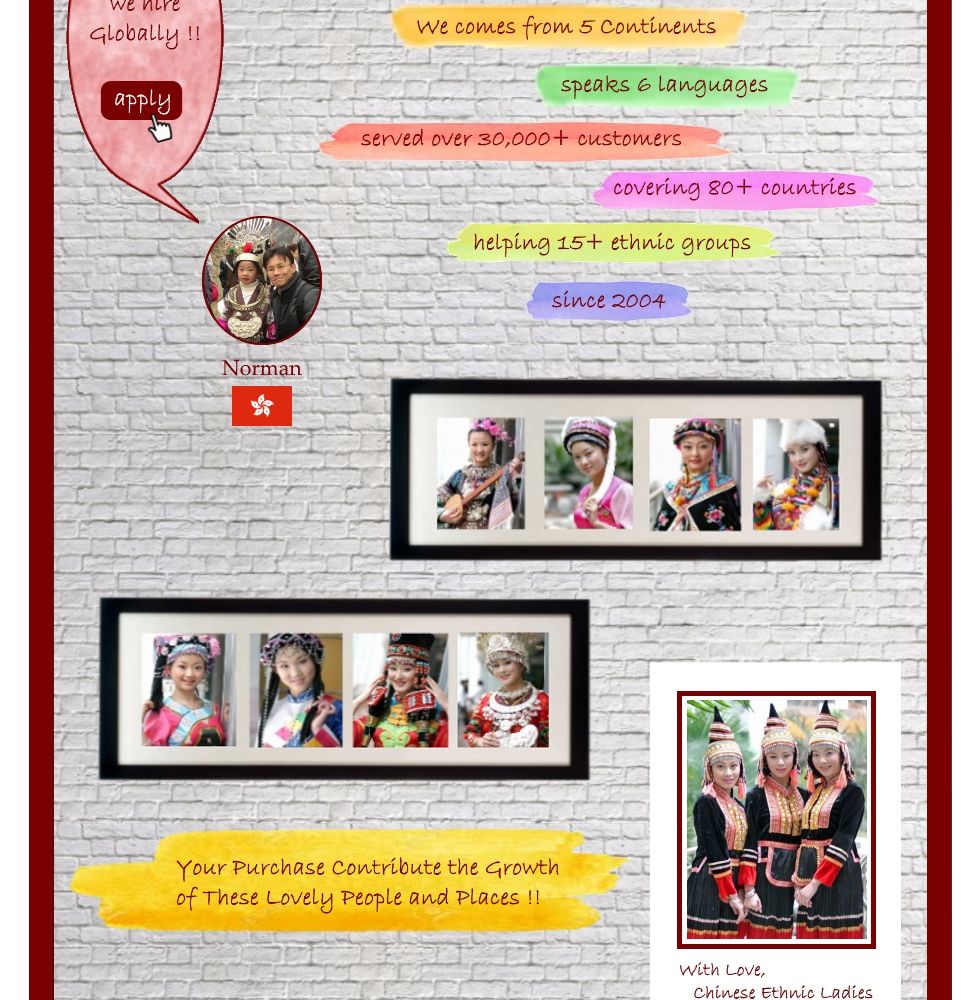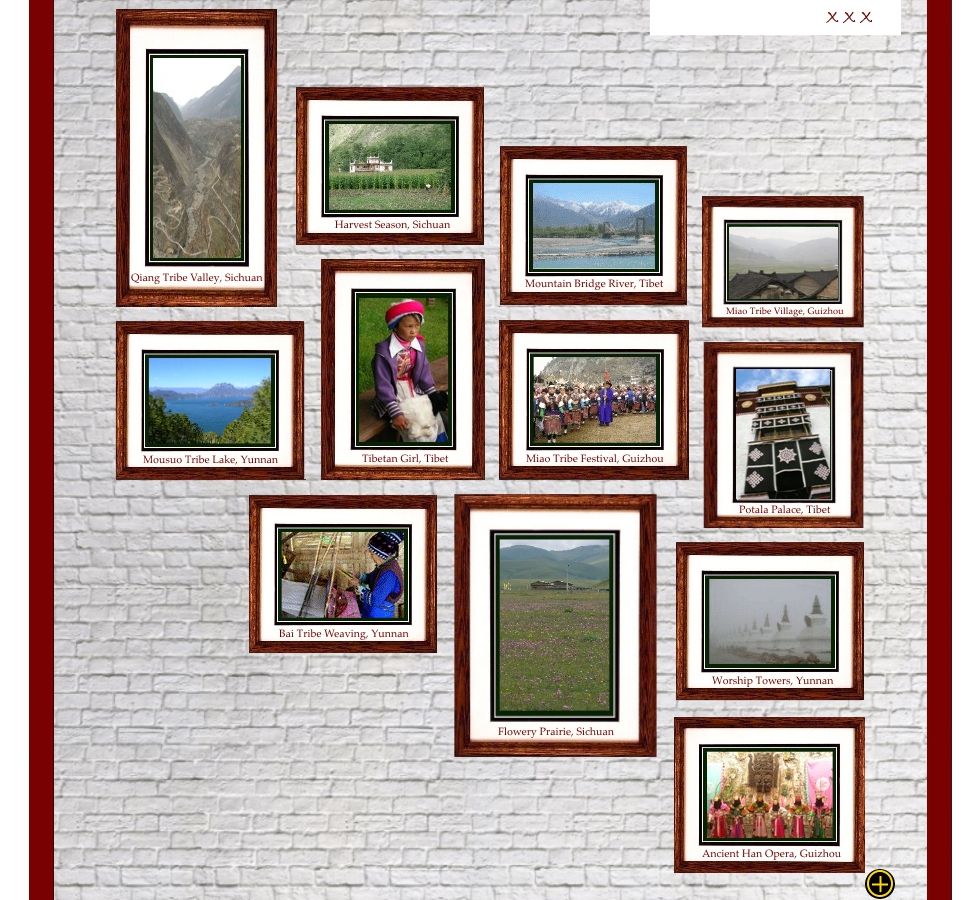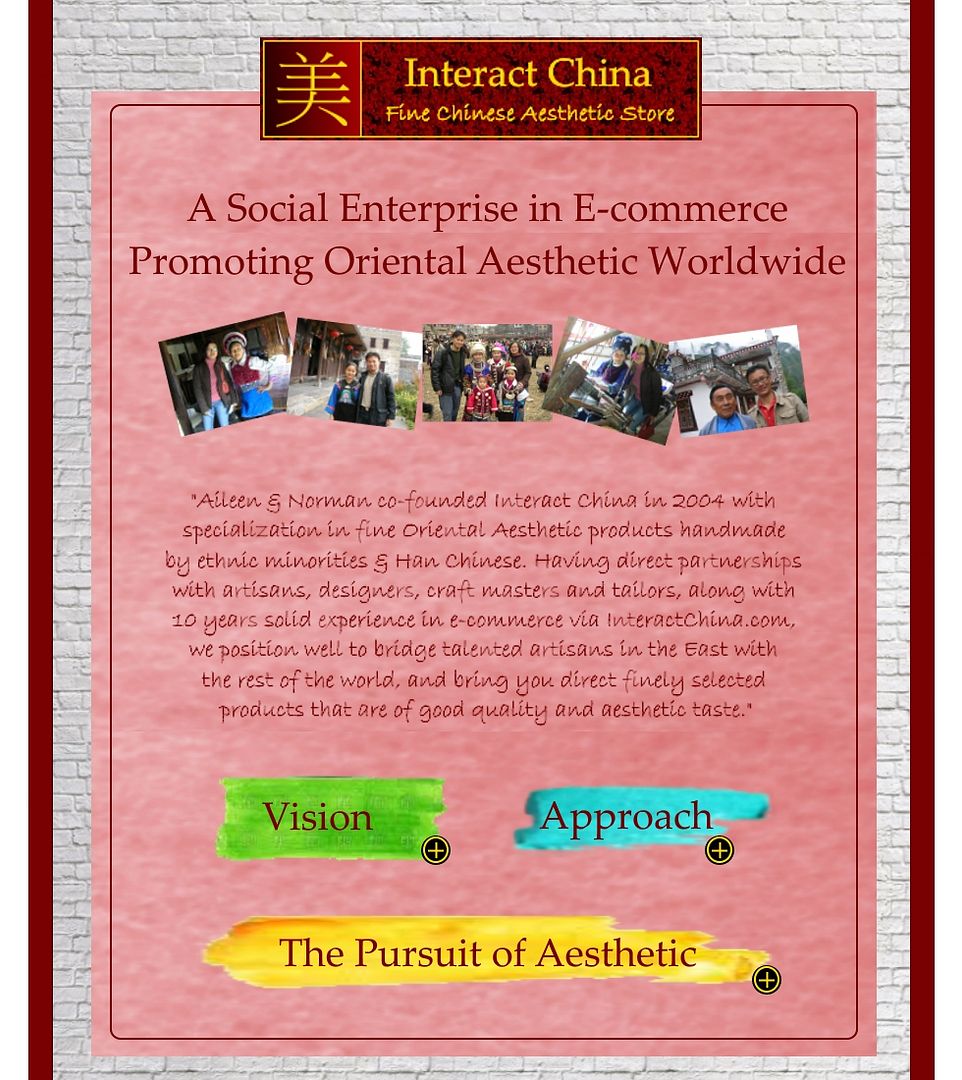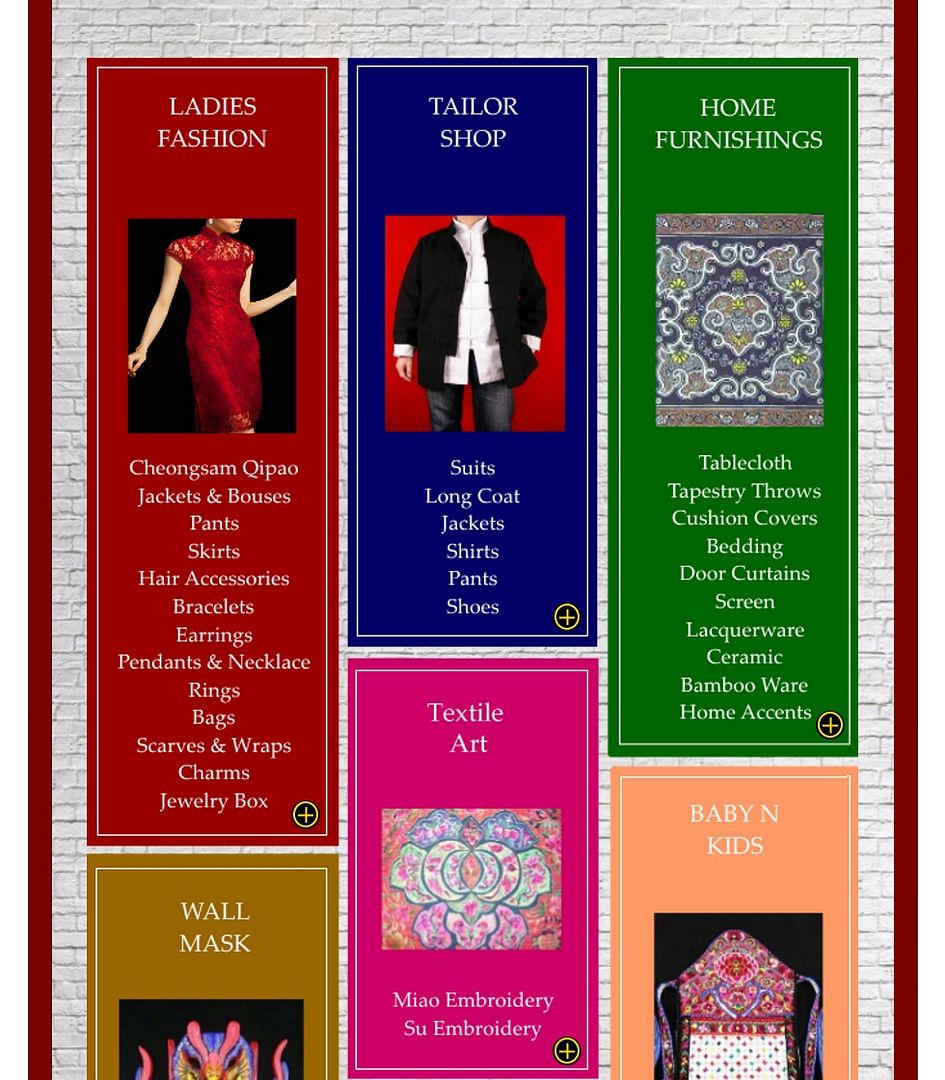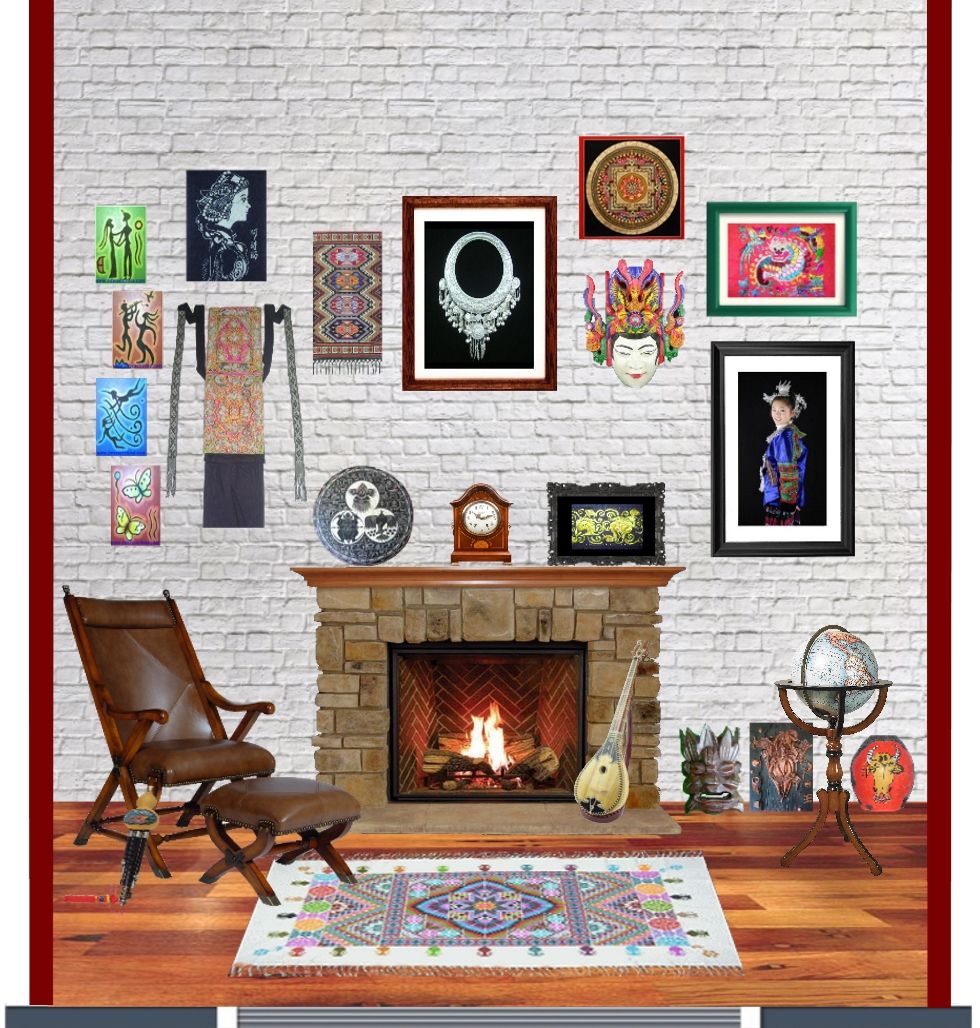Tibetan Thangka Painting
8th Jun 2017
The news that Chinese collector Liu Yiqian splashed around $45 million on a Thangka at a Christie’s sale in Hong Kong on Nov 26,2014 has overwhelmed social media. Then do you know what Thangka is and why it was sold at such a high price?
 |
What is Thangka?
Thang in Tibetan means to display and ka means silk. Thangka is a kind of painting art– religious painting – that originated during the reign of Tibetan king Songtsen Gampo (AD 617-650) and prospered during the 18th and 19th centuries. A Thangka is a painting drawn on cotton or silk appliqué with vivid ethnic features and intense religious colors, which usually depicts the history, politics, culture and social life of the Tibetan people.
Thangka is often worshipped in temples, Buddha’s halls or even in Buddhist disciples’ homes in Tibet, which has been not only a pure handicraft, but more of a religious symbol.
It is mainly divided into two categories, painting Thangka and embroidered Thangka. The former one is directly painted on canvas using traditional pigments. The latter is embroidered on silk satin using precious mineral gems such as gold, silk, pearl, coral, agate, zinnober and plant pigments such as saffron crocus and indigo. Obviously, the latter one is of more artistic value, whose gorgeous colors can last for several centuries.
 |
How is it created?
The creation of a Thangka piece is like a journey of self-cultivation. Generally, the manufacturing process includes chanting sutras while preparing pigments, polishing canvas, grinding painting materials, sketching, designing, measuring, coloring, shading, delineating and the finishing touch.
The proportion of Buddha figures and the overall layout of the painting have to meet specific requirements, and the painter has to follow strict ritual procedures of Tibetan Buddhism in its creation.
The creation of a whole Thangka piece usually takes months or even years. During the long process, the artist, cherishing pious Buddhism beliefs, paints while chanting in accordance with the strict standards of composition, proportion and color inherited from ancestors. Therefore, Thangka is a kind of special art form which has irreplaceable artistic values.
 |
 |
The world’s largest Thangka:
An embroidered Thangka, 120 meters high and 85 meters wide, was on display in Maizhokunggar county in Lhasa on June 28, 2013. It had 19 painted Buddhas. The creation of the Thangka took 9 years and was recognized as the world’s largest Thangka, also the world’s largest handicraft.
The world’s most expensive Thangka:
The embroidered Thangka bought by Liu Yiqian for about $45 million is seen as the most expensive Thangka so far.
 |
The Thangka Liu bought was from the period during the reign of Emperor Yongle in the Ming Dynasty. It is the largest Tibetan embroidered Buddha Thangka from ancient times with a theme of driving out evil spirits. According to Christie’s, there are only three pieces of Yongle Thangkas existing and the other two are both in Jokhang Temple in Tibet.
by Xiao Xiao xiaoxiao@interactchina.com
About Interact China
-----------------------------------------------------------------------------------------------------------------------------
"A Social Enterprise in E-commerce Promoting Oriental Aesthetic Worldwide"
Aileen & Norman co-founded Interact China in 2004 with specialization in fine Oriental Aesthetic products handmade by ethnic minorities & Han Chinese. Having direct partnerships with artisans, designers, craft masters and tailors, along with 10 years solid experience in e-commerce via InteractChina.com, we position well to bridge talented artisans in the East with the rest of the world, and bring you direct finely selected products that are of good quality and aesthetic taste.
So far we carry 3000+ goods covering Ladies Fashion, Kungfu Clothing, Home Furnishings, Babies & Kids, Painting Arts, Textile Arts, Carving Arts, Tribal Jewelry Art, Wall Masks and Musical Instruments. Our team speak English, French, German, Spanish and Italian, and serve customers worldwide with passion and hearts.
-----------------------------------------------------------------------------------------------------------------------------
P.S. We Need People with Similar Passion to Join Our Blogging Team!
If you have passion to write about Oriental Aesthetic in Fashion, Home Decor, Art & Crafts, Culture, Music, Books, and Charity, please contact us at bloggers@interactchina.com, we would love to hear from you!






